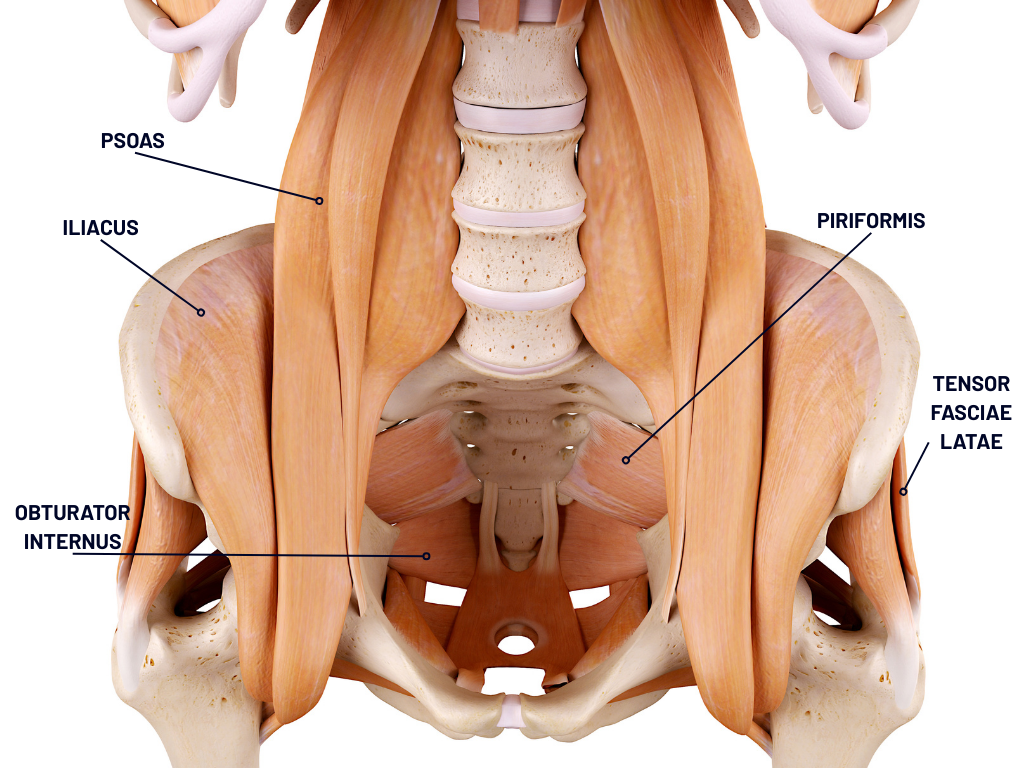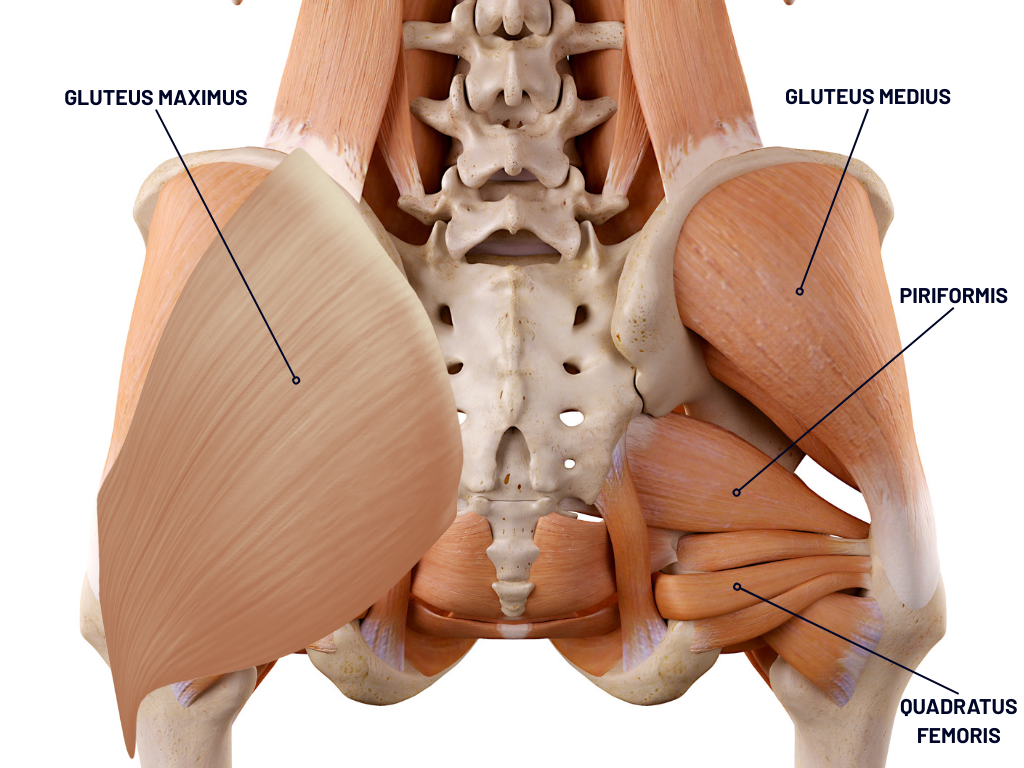Like low back pain, hip pain is fairly common, affecting 10% of adults in the general population, increasing with age. While hip surgery and joint replacement are possible to treat the most severe cases of hip pain, physical therapy is an easy way to get relief.
As a sports medicine doctor, I’ve seen many people suffering from tightness in their hips. That’s why I’ve put together these 10 simple stretches you can do in the comfort of your own home.

What Causes Tight Hips?
Leading a sedentary lifestyle is a primary cause of tight hip flexors and hip pain. Excessive sitting leads to muscle deactivation and relaxation which can lead to a limited range of motion in the hip joints. Over time, the muscles shorten and become weaker. Sometimes, this causes a condition known as adaptive shortening.
Other contributors to hip tightness include:
- Prolonged periods of sitting
- Poor posture
- Pelvic tilt
- Knee and back pain
- Lack of exercise
- Pregnancy
- Obesity
If you’re one of the millions experiencing hip tightness, it might be worth increasing physical activity with an exercise program to lengthen and strengthen those muscles to loosen them up.
How to Stretch Your Hip
The hip is more than just a single muscle—it’s a powerful joint surrounded by the psoas major and hip flexors in the front, the glutes and rotators in the back, and the adductors along the inside of the thigh. Each of these areas can tighten up in different ways, which is why stretching your hip takes more than one move.
A balanced approach combines tissue release to calm down overworked spots, mobility drills to restore rotation, and hip opening stretches to lengthen what’s stiff. Done together, they ease lower back strain and bring real freedom back to your movement.
Tight hips don’t just feel uncomfortable—they can also feed into bigger problems. Limited hip mobility often shifts extra stress to the lower back, leading to nagging pain after long days of sitting or activity. Conditions like hip bursitis and hip osteoarthritis can flare when the surrounding muscles are stiff and pulling unevenly on the joint. By keeping the hips mobile and well-stretched, you not only improve flexibility but also protect against these issues, giving your body the best chance to stay active and pain-free.
TFL Release with Ball
Think of this as hitting the reset button on tight hips. By placing a ball—or even a foam roller—under your tensor fasciae latae (TFL) near the outer hip, you can release tension that often spreads down into the IT band.
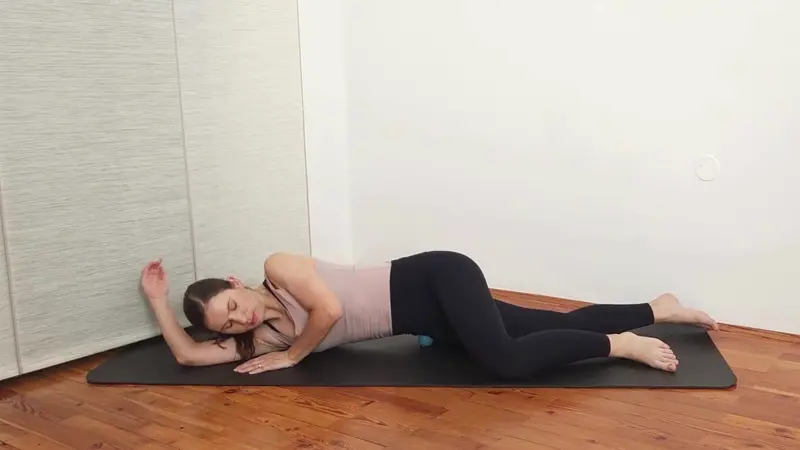
Because the TFL blends directly into the IT band, stiffness here doesn’t just limit hip mobility—it can also tug on the thigh and feed nagging lower back tension. Research even shows the TFL plays a critical role in stabilizing hip and pelvic motion, so freeing it first makes every hip stretching move that follows more effective. The payoff is smoother hip rotation, easier hip opening stretches, and a body that feels less bound up overall.
90/90 Hip Switches
If your hips feel rusty, the 90/90 is your oil can. Sit with both knees bent at right angles and rotate slowly from side to side, exploring new angles of control. In just 30–60 seconds, you’ll train usable hip mobility while easing pressure on the lower back.
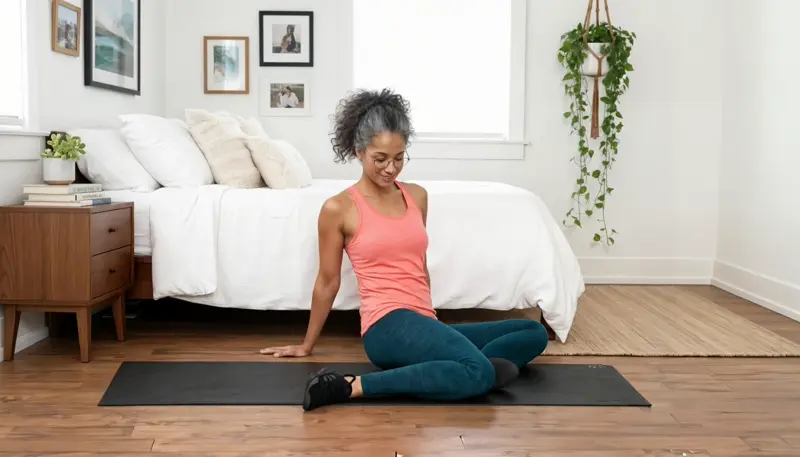
This flowing drill encourages active hip rotation, wakes up deep stabilizers (including support for the psoas major), and primes your joints for the bigger hip stretching work ahead. Smooth, steady, and surprisingly rewarding.
Supine Knee Side-to-Side
This one’s personal—I do it most nights while waiting for my kid to wind down. Lying on your back, let your knees sway gently side to side. It’s a calming reset that loosens the lower back, eases the psoas major, and keeps hip rotation moving without effort.
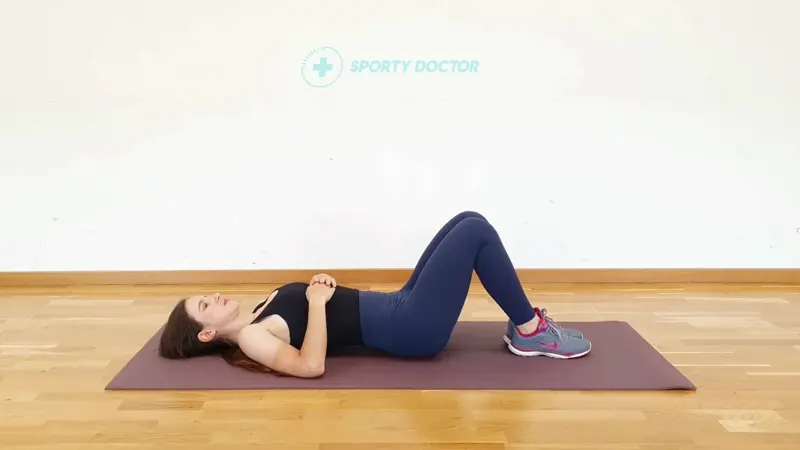
Consider it the “ahhh” of hip mobility: low stakes, high payoff. Use it as a warm-up, a cool-down, or a bedtime ritual to keep your hip stretching routine consistent and stress-free.
Kneeling Hip Flexor Stretch
Drop into a tall kneeling lunge and lengthen the front of your hip. When the hip flexors—especially the psoas major—get short from sitting or hard training, the pelvis tips forward and the lower back protests.
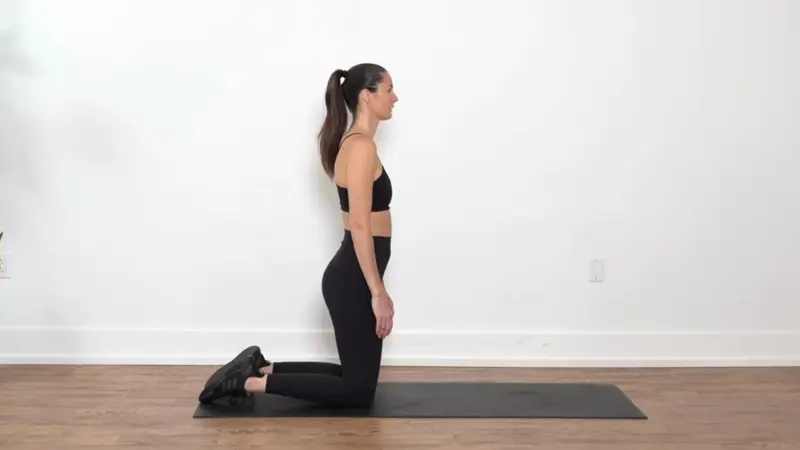
This classic hip opening stretch restores balance, improves posture, and unlocks hip mobility for smoother walking, running, and squatting. Breathe slow, keep your ribs stacked over your hips, and let the stretch travel deep. Simple, reliable, and clinically sound.
Kneeling Lunge with Side Bend
Take the hip flexor stretch up a level by reaching the arm of your back leg overhead and gently side-bending. You’ll feel a sweeping line from the front of the hip into the side body, amplifying the length on the psoas major and easing lower back tightness.
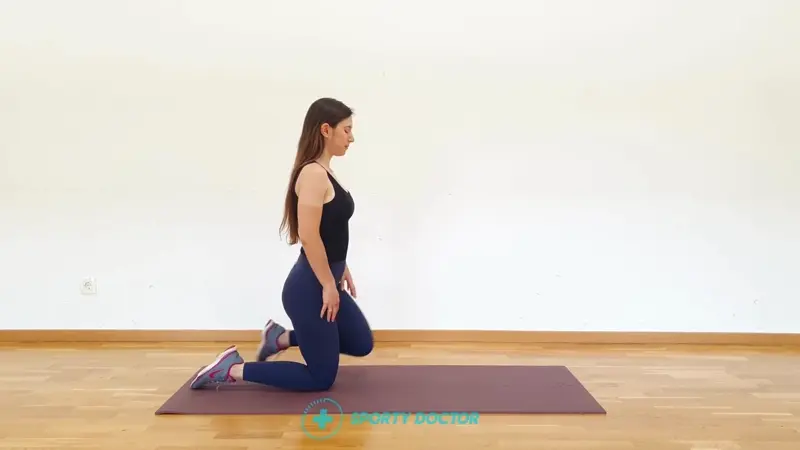
This dynamic variation blends hip stretching with trunk mobility, creating space for cleaner hip rotation and more comfortable upright posture. It’s a graceful hip opening stretch that delivers serious results without strain.
Pigeon Stretch
The classic deep opener for grippy hips. Set one shin forward, extend the other leg back, and settle into steady breaths. Pigeon targets the glutes and deep rotators that often block hip rotation and contribute to lower back tightness.
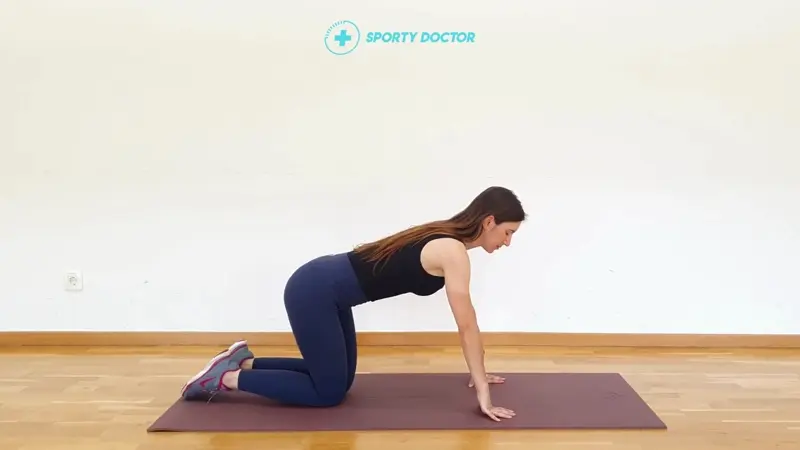
Instead of forcing depth, focus on even weight and long exhales—the nervous system will do the rest. Regular practice here pays off with freer hip mobility, smoother stride mechanics, and a calmer, more resilient pelvis.
Figure 4 Stretch
Accessible and effective, the Figure 4 is an everyday favorite. Lying on your back, cross one ankle over the opposite knee and draw the legs in. You’ll feel a focused hip opening stretch through the glutes and piriformis—prime spots that tug on the lower back when tight.
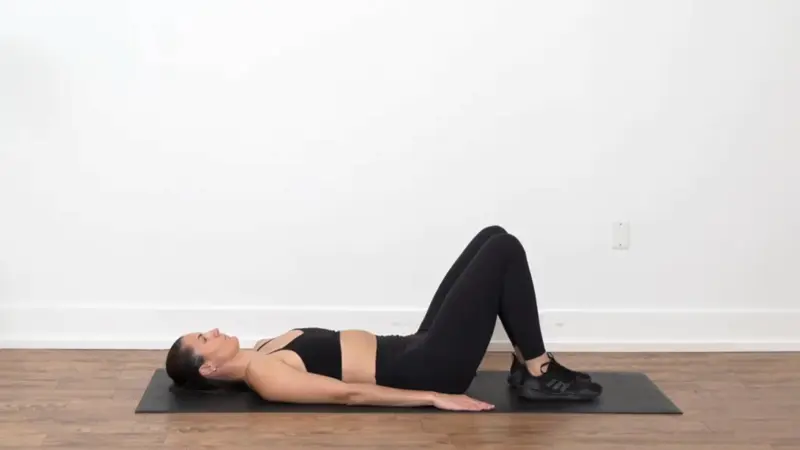
Adjust the pull to taste and breathe into any gripping. It’s a friendly gateway to better hip stretching habits, healthier hip rotation, and pain-free movement you can rely on.
Butterfly Stretch
Bring the soles of your feet together and let your knees fall wide. This gentle classic lengthens the adductors and invites the pelvis to tip freely, which can ease lower back strain and set up cleaner hip rotation.
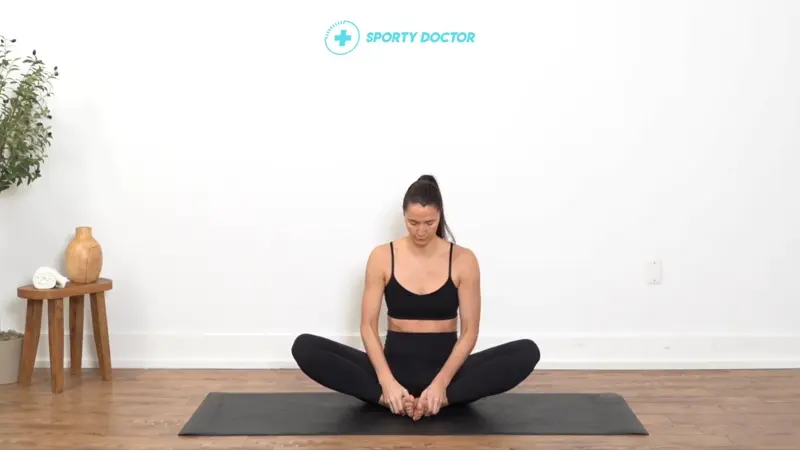
Keep your spine long, hinge forward a touch, and breathe. As part of a balanced hip mobility plan, Butterfly helps your psoas major stop over-working and allows other muscles to share the load. Calm, simple, and undeniably soothing.
Frog Pose
When inner-thigh tightness is the bottleneck, Frog Pose is your powerful unlock. Slide the knees wide, shins parallel, and ease your hips back until you feel a firm but friendly stretch.
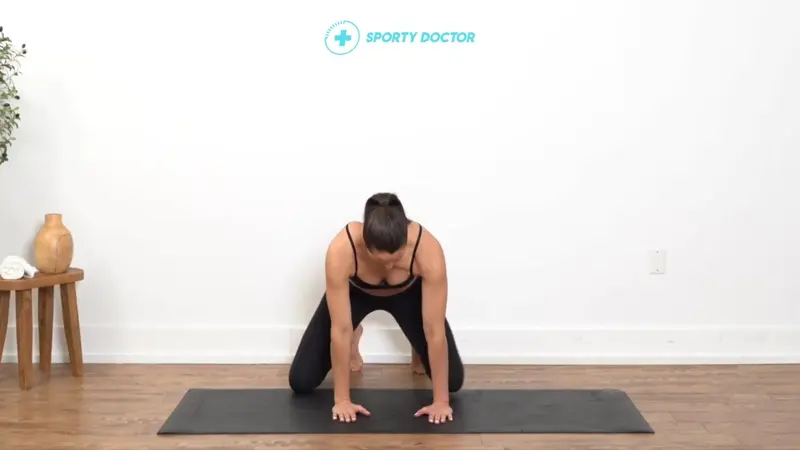
By targeting the adductors and hip capsule, Frog creates room for meaningful hip mobility gains and more effortless hip rotation. Go slow, keep your core lightly engaged, and let steady breathing down-regulate tension. Your lower back will thank you for the extra space.
Banded Hamstring Stretch
Tight hamstrings can sabotage hip mobility and pull on the lower back. Loop a band around your foot, extend the knee, and guide the leg up until you feel length—not strain.
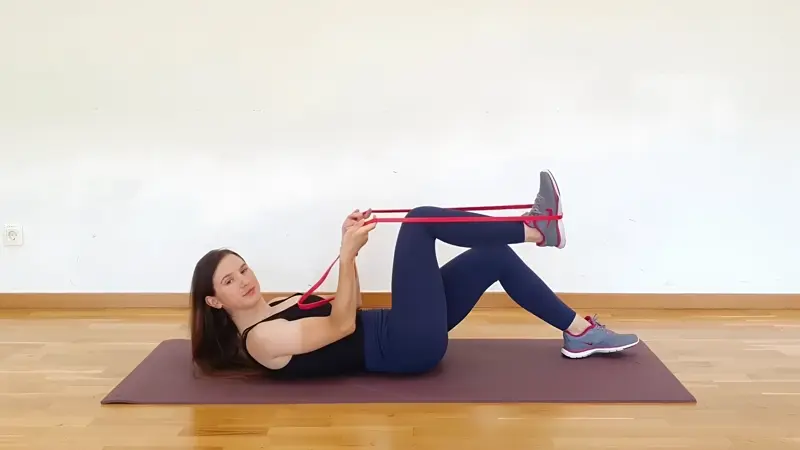
This supported hip stretching move balances the posterior chain so the psoas major isn’t constantly fighting pelvic position. The result: a smoother hip opening stretch that carries over to walking, hinging, and squatting. Let the band do the work while you focus on slow, spacious breaths.
Use These Hip Stretches at Home
While learning how to stretch your hip can ease stiffness and reduce pain, remember that stretching should never hurt. Mild tension is normal, but sharp or lingering pain is a sign to stop and check in with your doctor or physical therapist.
If you’re looking for safe, physician-designed routines you can follow at home, the Sporty Doctor App makes it simple. With guided hip stretching exercises, mobility drills, and daily recovery plans, you’ll have the tools to protect your hips, support your lower back, and keep moving with confidence.
